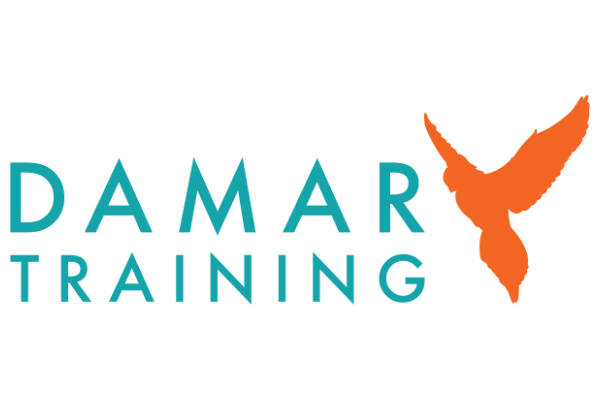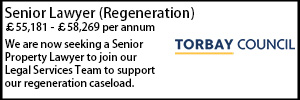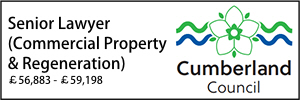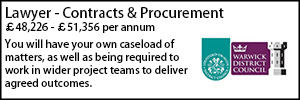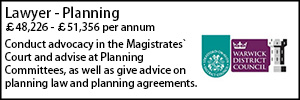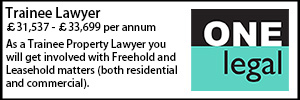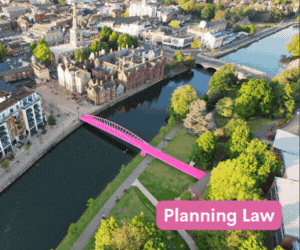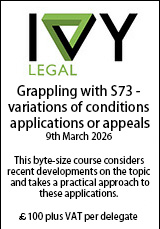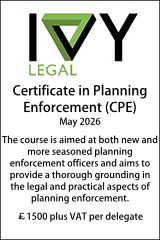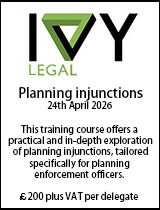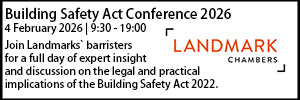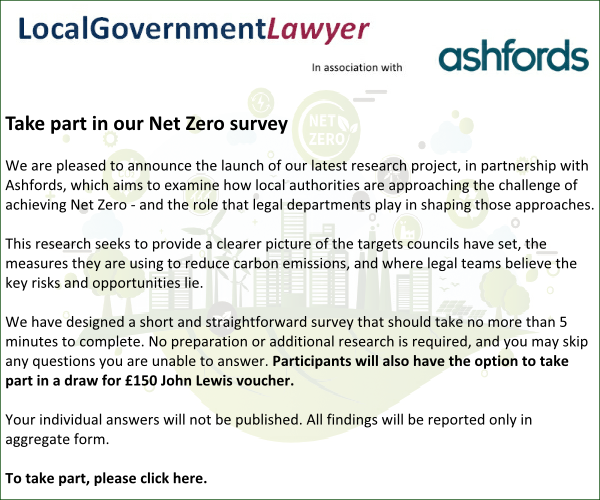Parish council secures quashing of planning permission for 100-unit development on site of old council sports ground
- Details
A High Court judge has quashed the grant of planning permission for a 100-residential unit development on the site of a sports and social club formerly run by a county council.
Buckinghamshire Council granted permission for the development of Bucks CC Sports and Social Club in Stoke Mandeville in August 2024.
The local authority was both applicant for planning permission, having taken ownership of the property on local government reorganisation in 2020, and the local planning authority.
However, Stoke Mandeville Parish Council brought an application for judicial review of the grant.
The background to the case was that in 2017 the council’s Cabinet Member for Resources decided to close the club.
It was then agreed that the initial decision should be referred back for reconsideration after discussions with local members and the club committee.
Later that year, the club put forward a business plan to keep the premises open as a sports and community facility.
However, property consultancy Savills, instructed by the council to advise on viability, subsequently suggested that there would be a very significant deficit on the club’s operation, with a loss of £65,000 per annum.
The Cabinet Member then concluded that the original decision should stand.
The clubhouse closed in January 2018 and the site stopped being used in June 2018.
In August 2020 the site was designated as an asset of community value.
Buckinghamshire Council applied for planning permission in November 2022. Sport England, a statutory consultee, objected to the loss of the playing fields. The parish council also submitted its objections.
In December 2023 the application came before Buckinghamshire’s development control committee, along with an officer’s report (“OR1”).
In February 2024 the parish council submitted a bid to the council to buy the site in order to retain its sports and recreational use.
In May 2024 the application came back before the development control committee together with a second officer’s report (“OR2”).
The committee determined to approve the application and, after the Secretary of State decided not to call it in, permission was granted on 29 August 2024.
Before Mrs Justice Lieven, the parish council submitted three grounds of challenge:
- Ground One – that the council misinterpreted Policy I2 of the Vale of Aylesbury Local Plan ("VALP") and para 103 of the National Planning Policy Framework ("NPPF");
- Ground Two – that the council's conclusion that the site was not an existing sports/recreational facility was irrational;
- Ground Three – that the council erred in law in respect of Policy I3 of the VALP.
Policy I2, headed “Sports and Recreation”, states that “Any proposals involving the loss of existing sports and recreation facilities will only be accepted where any of the following criteria are met….".
There are then four criteria covering assessment of whether the facilities are surplus; impact on the overall open space network; whether the loss would be replaced by equivalent provision and whether the need for other facilities outweighs the loss.
Paragraph 103 of the NPPF meanwhile states:
"Existing open space, sports and recreational buildings and land, including playing fields, should not be built on unless:
…
c) the development is for alternative sports and recreational provision, the benefits of which clearly outweigh the loss of the current or former use".
Mrs Justice Lieven said the central issue was the approach to the words “existing” facilities in Policy I2.
Concluding that there was a material misdirection in respect of Policy I2 and allowing ground one, she said: “I accept that what is an ‘existing’ use necessarily involves a considerable degree of planning judgement. However, the advice given to members was unequivocal, the Policy did not apply because the Site was not an 'existing use' applying the test of quite recent use or it being simple to bring back into use. OR1 at 7.14 was applying a rigid interpretation of policy which the words do not bear, contrary to the principles set out in Tesco v Dundee.”
The judge added: “Although the earlier paragraph at OR1/7.9 suggests that there was a planning judgement for members, the way the OR is structured members were being given quite clear and unequivocal advice - the matter was not being left to them as an issue for their judgement. It is clear that reading the Policy as a whole, and with its planning purpose in mind, ‘existing’ use does not actually mean that the use must be subsisting at the time. This much the Council has accepted and necessarily follows from the analogous words in the NPPF para 103(c) that refer to ‘former use’.”
In relation to ground three, Policy I3 states:
"The council will resist proposals for the change of use of community buildings and facilities for which there is a demonstrable local need, unless the loss resulting from the proposed development would be replaced by equivalent or better provision in terms of quantity and quality in a suitable location. In considering applications for alternative development or uses, the council will consider the viability of the existing use, that the site/use has been marketed for a minimum period of 12 months at a price commensurate with its use together with proof there has been no viable interest, marketing of the building or facility at a price commensurate with its use, the presence of alternative local facilities and the community benefits of the proposed use…".
The High Court judge said the simple point was whether the committee were materially misled because they were not told in OR2 that the parish council had made a bid for the site to allow it to be reused as a sport and community facility, and had not assessed this proposal against the terms of the policy. They failed to properly consider Policy I3 and the tests within it.
Mrs Justice Lieven said: “In my view it is clear that OR2 was materially misleading in respect of one of the criteria in Policy I3. In determining whether to allow the change of use of the Site from a community and recreational facility to a housing site with some recreational land, it was plainly relevant under Policy I3 to decide whether there was viable interest in the Site. The members were not told in OR2 that there had been a recent bid from the Parish Council. When it was brought to their attention by Cllr Newcombe they were told by the officers that the Bid was not a relevant consideration, which was plainly wrong.”
Further, the February 2024 bid had not been assessed as to its viability, the judge said.
She added: “It is not realistic for [counsel for Buckinghamshire] to say that the Council could rely on the assessment of viability in the Savills report of 2017 for determining the viability of maintaining the use 7 years later, with a different offer being put forward. The Savills assessment was in respect of a different bid which had been made many years earlier. Importantly, the Parish Council say that they have secured a grant of approximately £800,000, which makes a material difference to any assessment undertaken in 2017.
“For this reason the members were materially misled in two regards. They were not told in the OR2 that there had been a bid and there was no appraisal of the viability of that Bid. Further, they were advised that the Bid was irrelevant to their determination, but that was not correct given that Policy I3 was accepted to be a relevant policy.”
Mrs Justice Lieven did, however, reject ground two of the parish council’s claim.
Sponsored articles
Walker Morris supports Tower Hamlets Council in first known Remediation Contribution Order application issued by local authority
Unlocking legal talent
Legal Director - Government and Public Sector
Contracts Lawyer
Lawyer (Planning and Regulatory)
Locums
Poll








